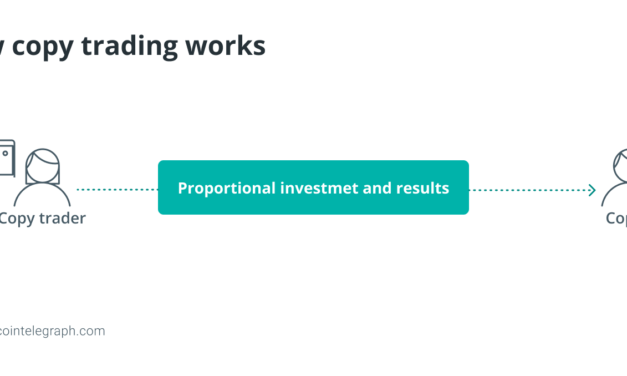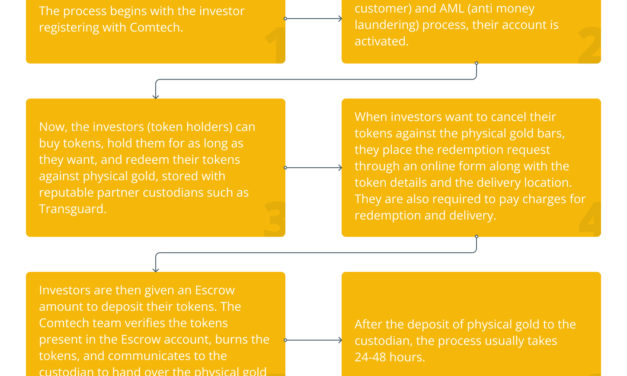What are fan tokens, and how do they work?
Fan tokens work by allowing fans to buy ownership in a specific asset or experience related to a sports team, celebrity or artist and giving them access to exclusive content and benefits. Teams looking to launch fan tokens collaborate with blockchain-based platforms, like Socios, to mint the tokens on a blockchain. A fan token offering (FTO) is scheduled where fans can buy the tokens for a flat price. Post-FTO, the value of fan tokens could rise or fall, depending on team performance, use cases, demand, project execution and similar other parameters. Barcelona, Manchester City, Juventus and Paris-Saint Germain have also launched their fan tokens. Additionally, the KPOP Fan Token (KPOP) is a utility token that provides K-pop fans with a tokenized share of influence on the Korean pop music industry through social applications and support. Fan tokens function as an automated membership key, granting holders a variety of benefits. The tokens make the holders eligible for team recognition and unique rewards. Not only can they access collectibles and merchandise but also get a berth for interactive sessions and autograph meetings, which are just not accessible otherwise. As fan tokens endow holders with the right to have a say in team decisions, they are comparable to corporate shares. While they may not grant them a decisive say, like governance tokens do in tech-related features, allowing fans to vote on club matters is a welcome step. It makes them feel like part of a club. Often, if a user has more tokens, they enjoy greater influence in the fan ecosystem. Some teams require users to hold a certain number of tokens before they become eligible for voting and other perks.
Čítaj viac






